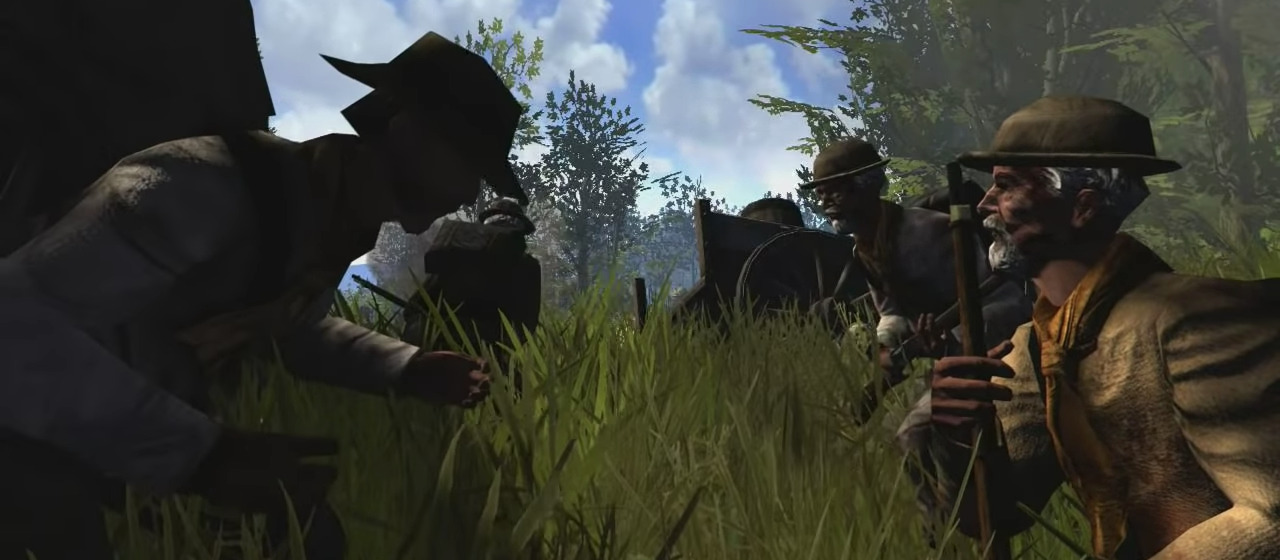
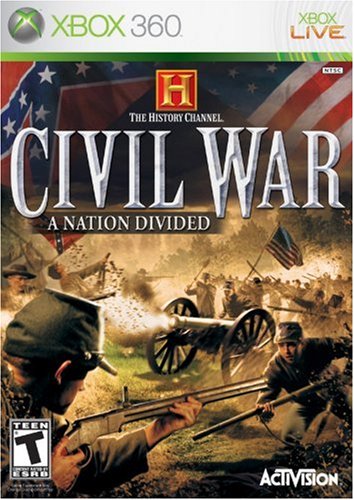
“We hold that bridge, soldiers, or we won’t be going home for Christmas, we’ll be planted here ’til Judgement Day.”
When compared to World War II or more modern conflicts, the Civil War is underrepresented in video games, specifically the first-person shooter genre. Because of this, Civil War — A Nation Divided—a short, underwhelming, clunker of a game presented by the History Channel—is one of the best options for gamers wishing to dive into the last war fought on American soil. It does a few things well, but by and large this game is an unimaginative series of repetitious gunfights undercut by a few glaring flaws in the game design that ensure those battles are annoying for the player and only beatable (at least by me on the hardest difficulty setting) by exploiting a silly aim assist feature.
Let’s start with what I liked. Now, I’m not even a novice on the Civil War as a historical event. I don’t collect any memorabilia and I’ve only read a few books about it; so take what I say here with a grain or two or six of salt. The firearms that appear in the game give the impression of accuracy and—aside from the fact that it is done with extreme dexterity even while running and jumping—there doesn’t seem to be any “creative license” to get around the fact that when you fire a musket it takes quite a while to reload the thing. Hand to hand combat, which is used primarily for stealth or unexpected close quarters combat in many modern games, is prevalent in A Nation Divided, and the player is given Bowie knives, sabers, and bayonets at various times. A minor detail that stood out to me was that when using a revolver, the character moves with the barrel pointed into the sky, rather than pointed straight out in front of them. This was a nice touch because (I assume) most people actually running around the American countryside with a revolver probably wouldn’t hold it pointing straight in front of them at all times.
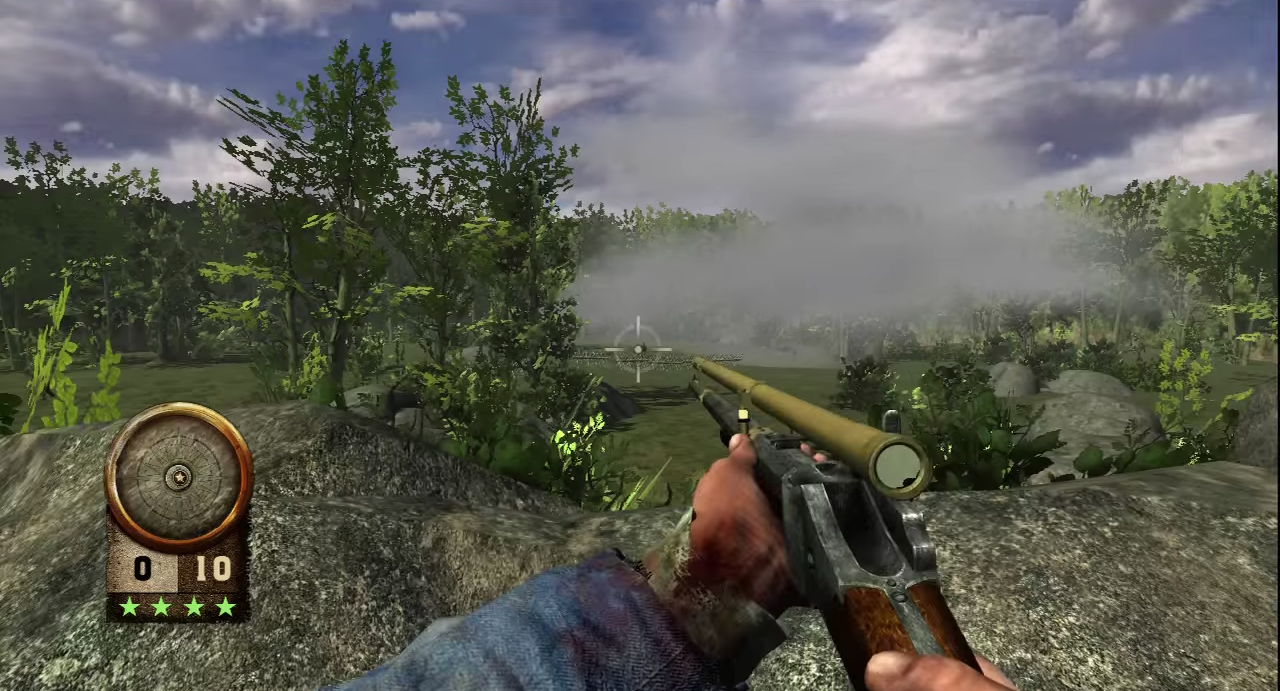
The campaign narrative is interesting, presented formally as you would expect a History Channel documentary to look, with arrows showing forces moving on the map and discussing strategy via voiceover. If it wasn’t for the pesky missions that were tucked in between these documentary sections, it might have been decent. Each of the twelve missions have the player assuming the role of a different soldier among the ranks of either the Confederacy or the Union. In this regard, I think the flavor of the game is very good. I liked the “documentary style” framing of the missions in contrast with the immersive narrative style of other FPS games of the era.
Unfortunately, where the game goes wrong is in its gameplay, which absolutely must be decent for a game to succeed. Ostensibly, you are doing things in these missions, but what the game actually boils down to is approaching a new area, eliminating all enemies in that area, then moving on. The combat is very mediocre. First, if an enemy is running it is nearly impossible to hit them with a shot (and when you miss, it will take like ten seconds to reload). But, if they are stationary, and you aim down the sights, your aim will auto-lock onto the enemies head, resulting in a one-hit kill.
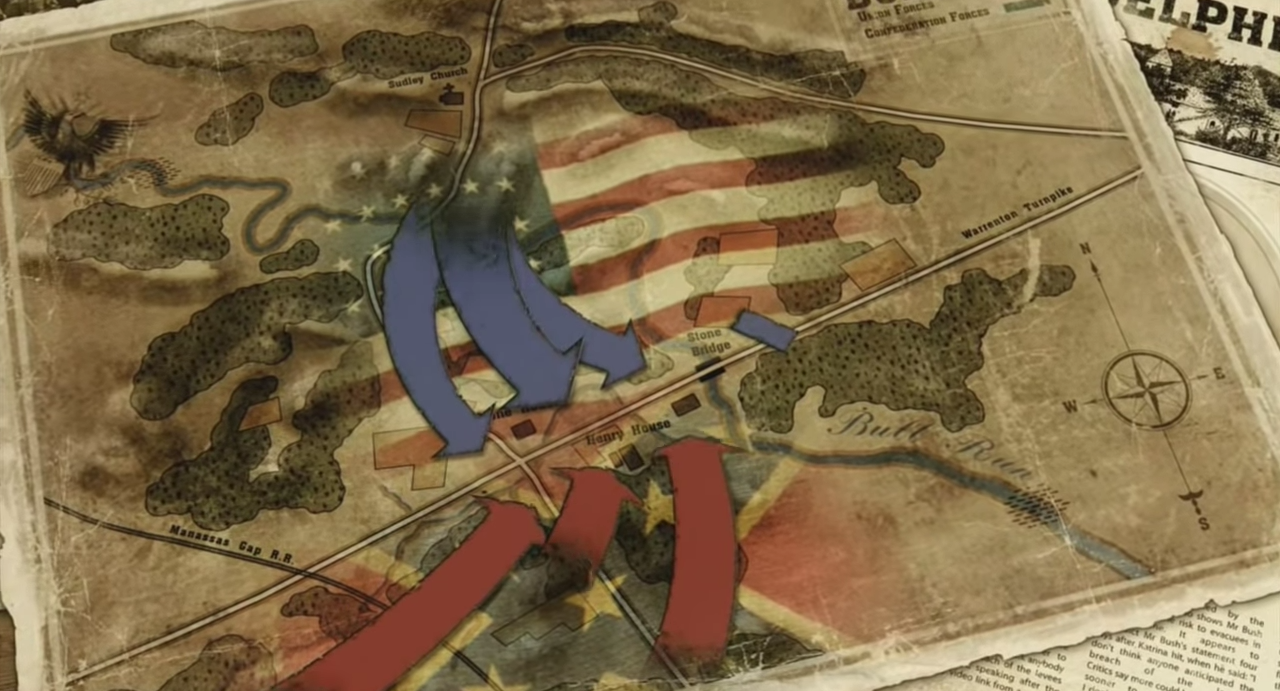
A few other design flaws make the game frustrating to play. The enemies are all crack shots; if you break your cover for even a moment you are sure to get pegged, even from great distance. Two things further exasperate this issue of expert marksmanship from your enemies: many times, you have to move well past any reasonable cover in order to trigger the enemy AI to spawn (then you must turn your back on them and hightail it back to cover); and many more times, the cover doesn’t actually block bullets—the bad guys shoot right through it! And even moving around behind cover does no good, because they can somehow track your movements.
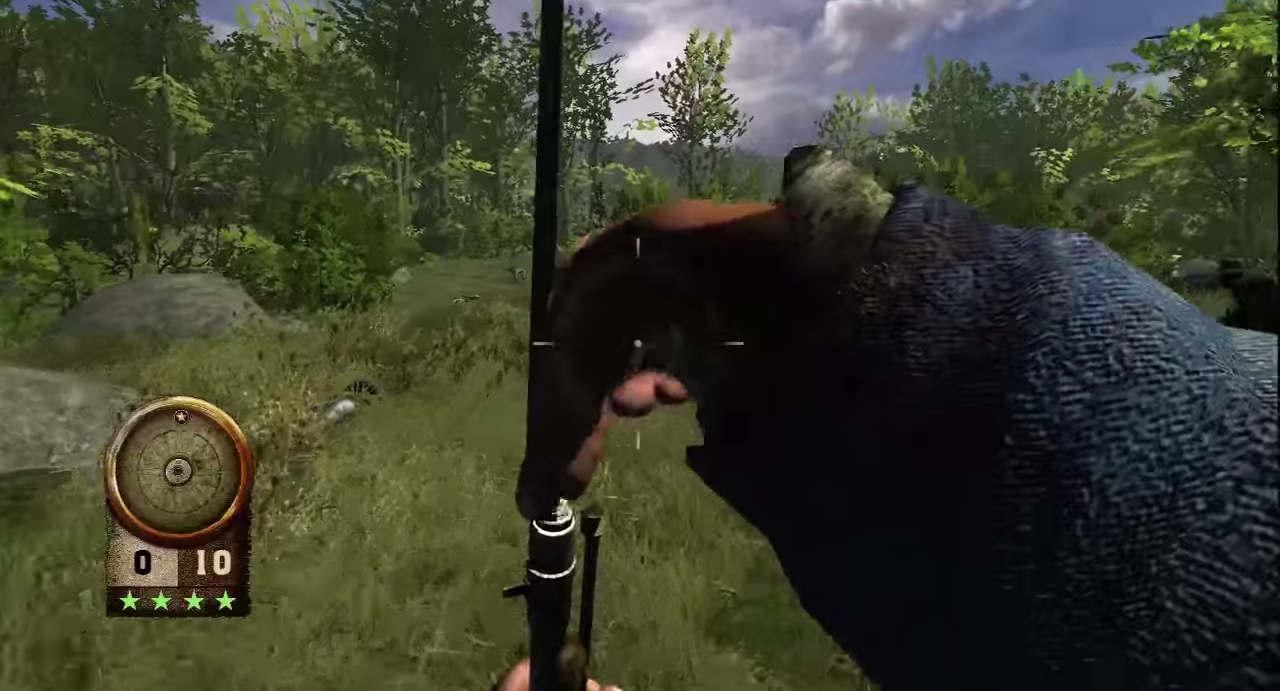
These issues result in a weird form of combat tactics, where the player dances around on the fringe of the battlefield, avoiding bullets, waiting for an enemy character to reload so they can cheaply headshot them via aim assist. The aim assist feature can only be utilized when the aiming reticle changes from white to red, indicating that an enemy is within your sights. The most game breaking trick to exploit is that all of the guns seem to have infinite range, and if you hit an enemy in the head (which is easy if they are standing still) they will die in one hit. So you stand well away from the frenzy, dance a bit to move your reticle until it turns red, then score a headshot with your revolver from a hundred yards. I am usually forgiving of graphical shortcomings because I see them as secondary to other elements of a game,1 but here, not being able to see an enemy who is going to snipe you with perfect accuracy is quite a drawback. Instead of scouting for enemies, you mosey around with your reticle hoping it turns red (sometimes even scoring headshots through trees, wagons, or straw bales) so that you can nab a one-hit kill.
Unlike many games like this one, where you clear a group of enemies then move to the next area, rinse, repeat, is that the save status is not determined by a checkpoint system but by the player. Suspense could have been added here by utilizing a save system similar to that of Dead Rising (where only a single save slot can be used—i.e. if you save your previous save is gone), but instead in A Nation Divided you are allowed to save as often as you wish and in whatever circumstances you find yourself. On Hard mode, you can choose to save after every enemy killed and only do so if you have not taken damage. It’s time consuming and saps some of the tension from the game, but it also allows incremental progress rather than banging your head against a wall in frustration when you repeatedly fail to clear an area of twenty foes.
Civil War — A Nation Divided is a well-themed idea from the History Channel wrapped around a bland, clunky game that doesn’t have a lot of meat to it. The actual historical conflict, detailed in the documentary-style cutscenes between missions, is not present in the small-scale skirmishes that the player blasts their way through. About the only thing the game has going for it is that there aren’t any other games set in the time period, besides the History Channel’s second attempt a few years later with Secret Missions. A thoroughly lackluster experience.
1. It’s also worth mentioning that I don’t get fussy over graphics because the quality of them has increased so quickly, especially compared to the image quality of film, that complaining about them seems dishonest. For instance, compare something like the original Doom (1993) to Doom 3 (2004). Is it valid to criticize the first game’s graphics? No. So I don’t really care if a game isn’t pushing the graphical boundary to the same degree its contemporaries are.